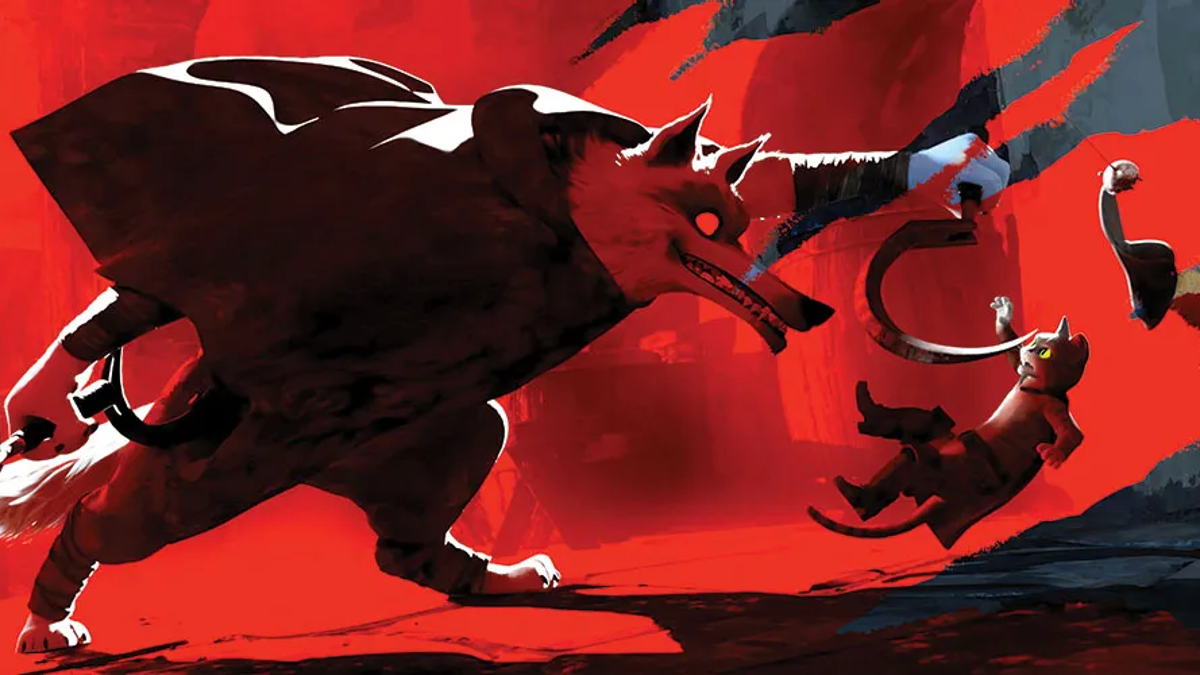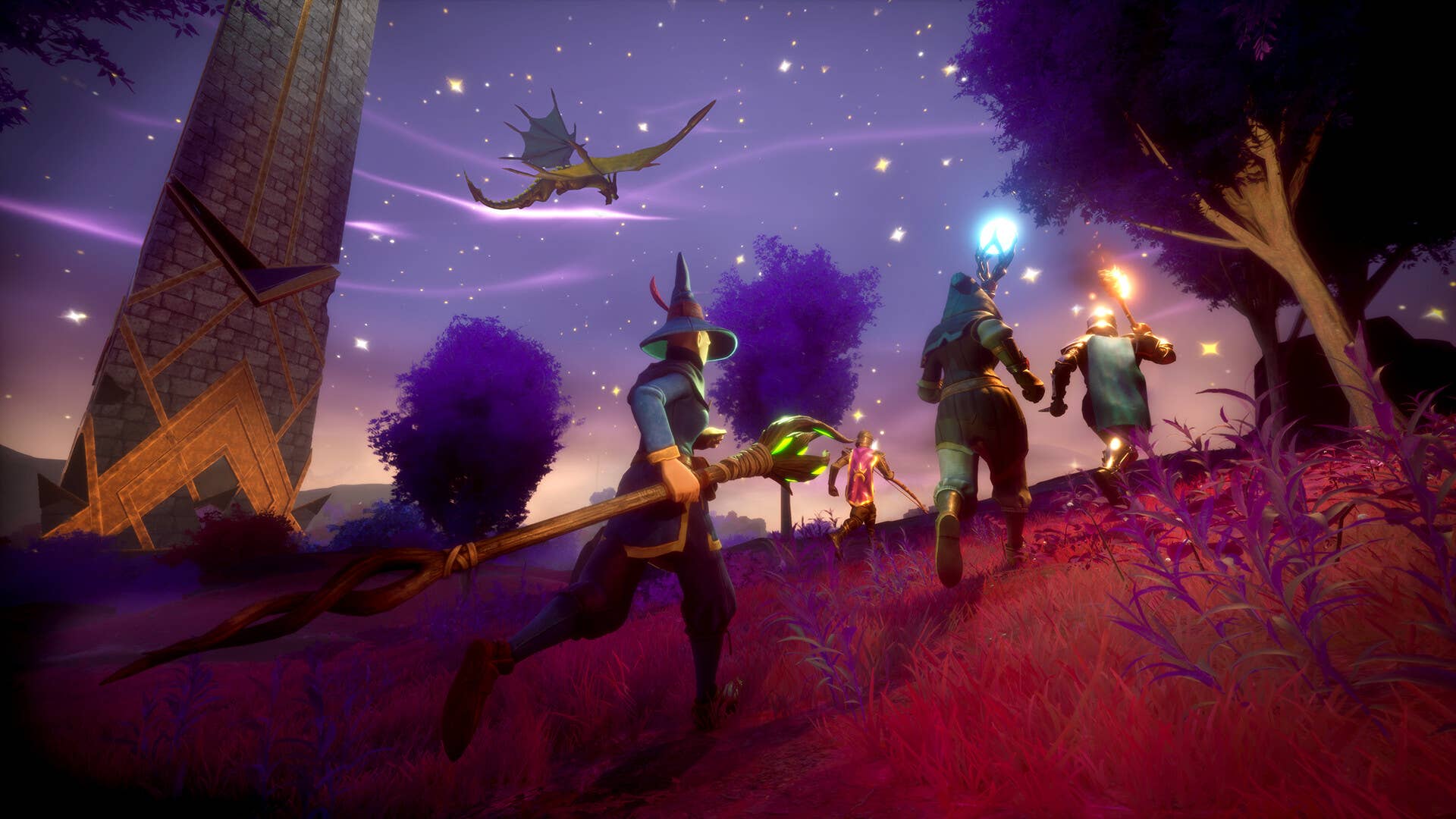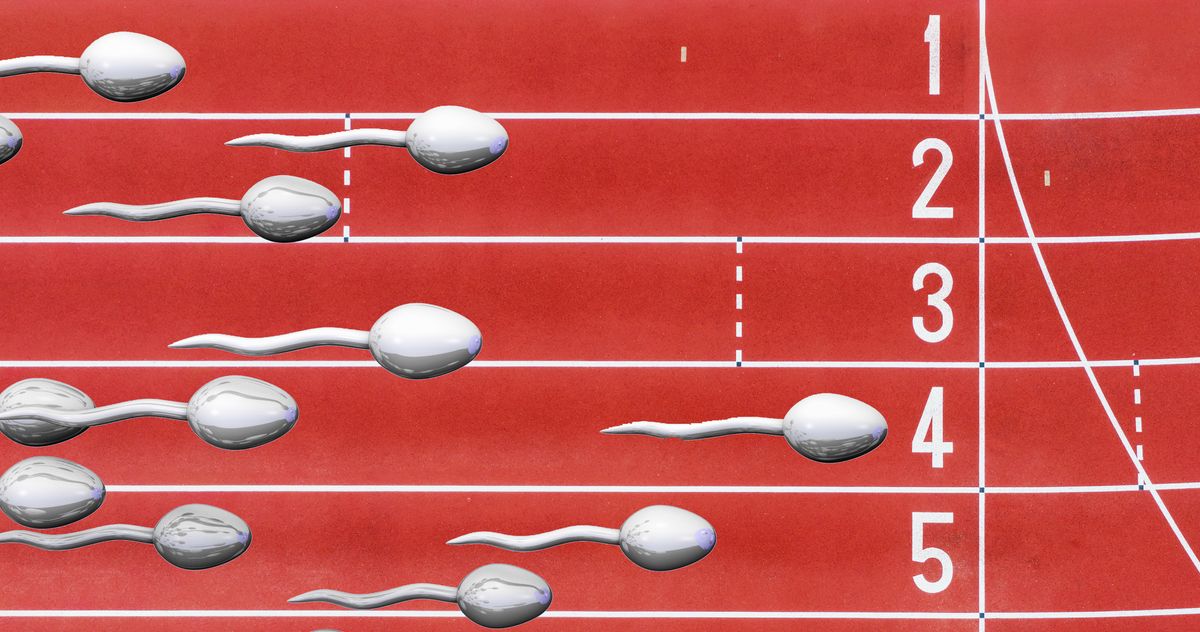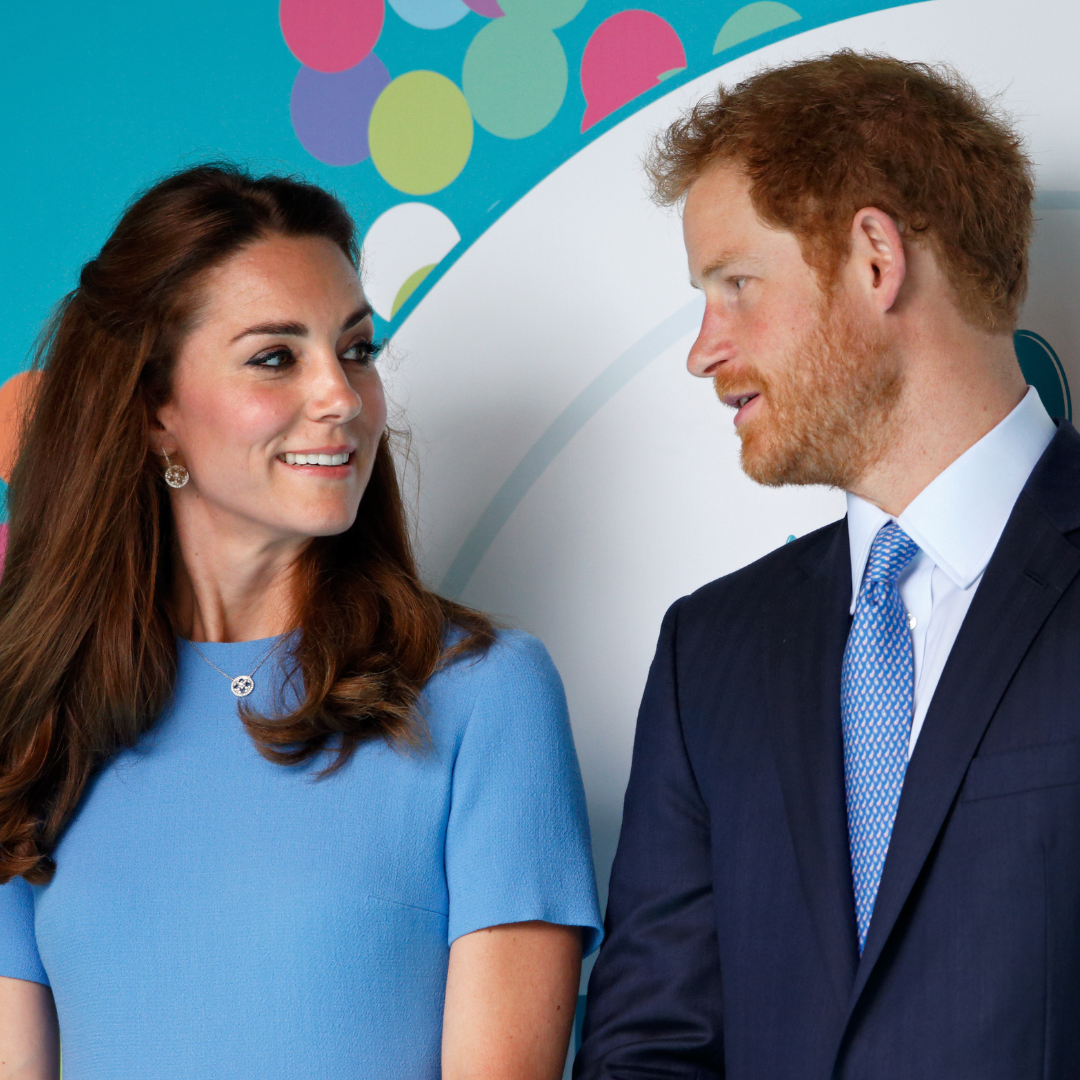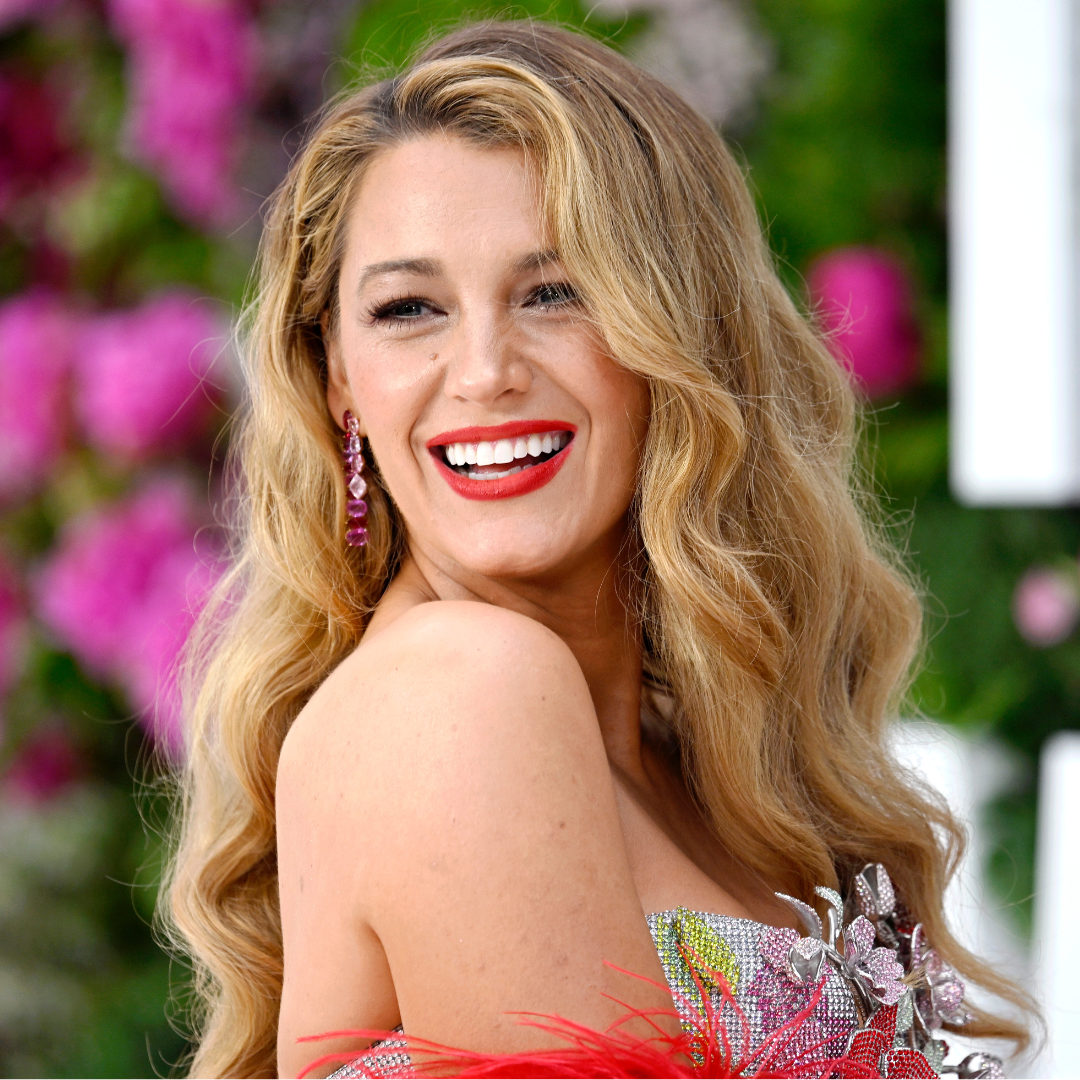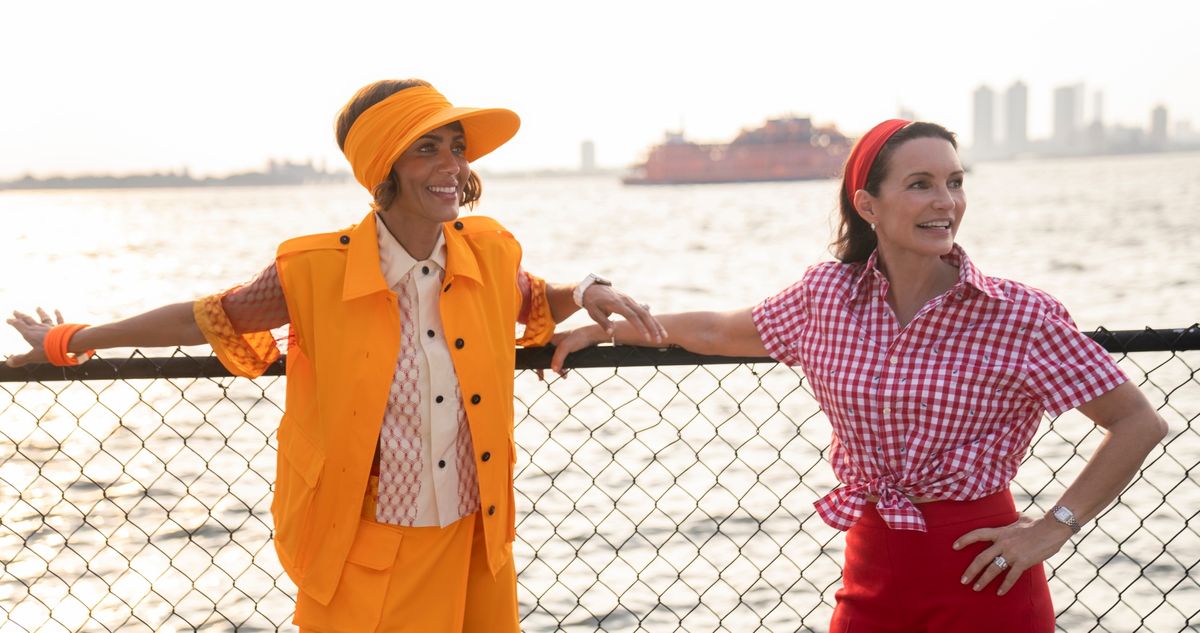The best time to visit Kyrgyzstan
From trekking through mountain passes in summer to skiing and festivals in winter, this is what Kyrgyzstan has to offer year-round.

Defined by mountainous terrain and high-altitude adventure, Kyrgyzstan is typically a summer-first destination for most visitors. Highlights include trekking up big mountain passes, horseback riding to wide-open alpine lakes or staying in yurts in hidden high pastures.
But that doesn’t mean the rest of the calendar doesn’t offer equal opportunity for adventure. Winter sports – long a local favorite – continue to grow in popularity among international visitors who come for deep snows and untouched runs, while the shoulder seasons showcase beautiful landscapes at the cost of a lot more rainy weather. Any season can be a good time to visit, but it’s important to plan accordingly.
June through September are ideal for outdoor activities and Independence Day
If you’re coming to Kyrgyzstan for mountains, summer is probably the season for you. While Bishkek and Osh are sweltering mid-summer, this is the perfect period for lazy beach trips to Issyk-Köl Lake or planning adventures into the Tian Shan mountains.
The best hikes in Kyrgyzstan cross passes of three to four thousand meters (9842–13,123ft) above sea level, and while snow is a possibility even in the dead of summer, it’s a certainty the rest of the year – some treks don’t even thaw open until mid-to-late July. This is also the season for horse trekking, which utilizes many of the same routes, but opens up more of the country by enabling tourists to cover significantly greater distances each day. 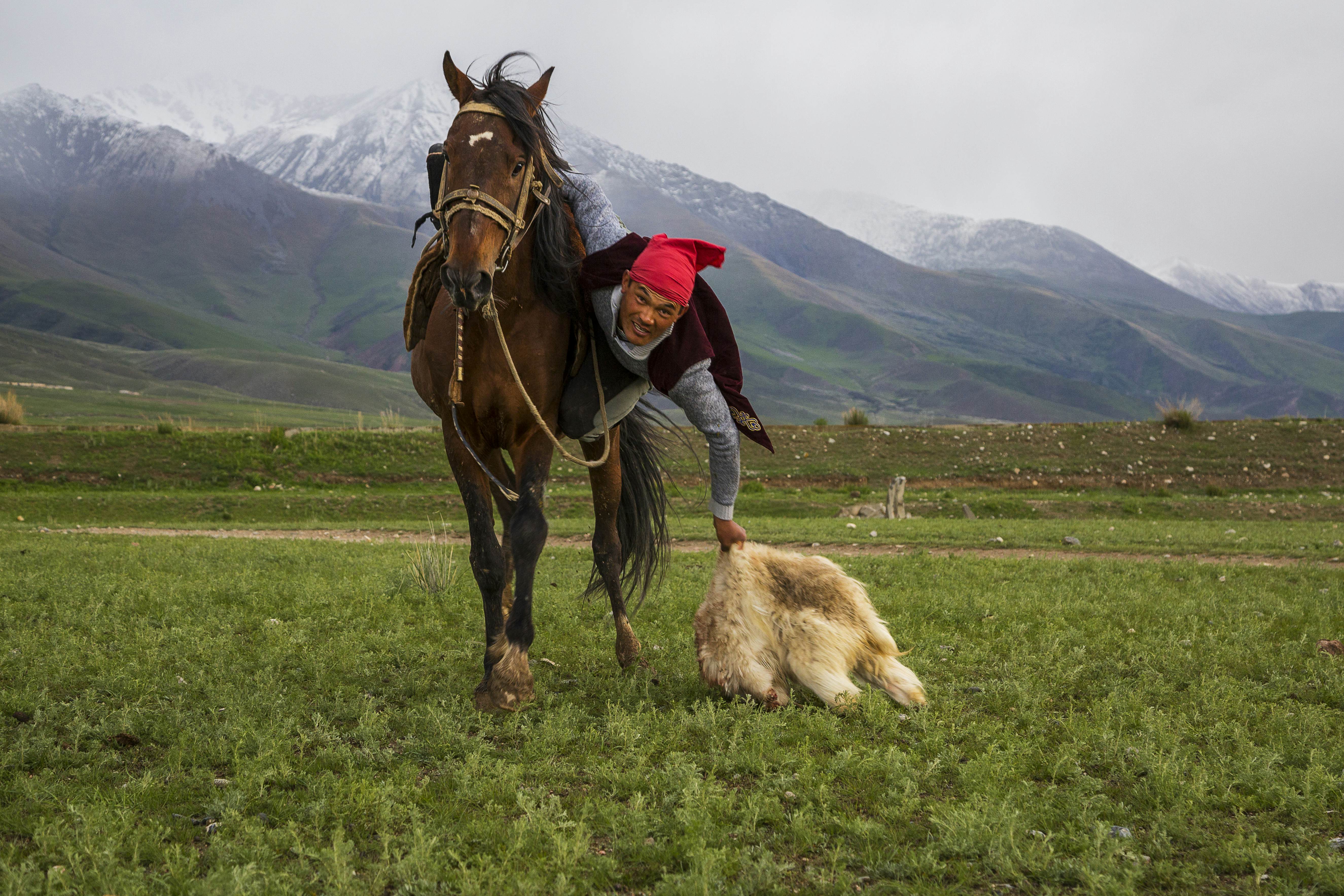
For driving itineraries, summer is also the season for vehicle transfers to Lake Son-Köl, Altyn Arashan, and the upper reaches of the Karakol Valley – all of which are only accessible on foot or horseback during the coldest months, but open to motorized transport during the summer. While the trip may not always be fast (or comfortable!), this season is often the only opportunity for travelers with disabilities to access some of Kyrgyzstan’s most impressive natural landscapes.
Nearing the end of summer, Kyrgyzstan’s Independence Day on August 31st is a festive time to plan around. Bishkek typically sees daytime parades and nighttime concerts around the city’s central Ala-Too square, while the President’s Cup championship finals of kok boru (a popular regional equestrian sport focused on control of a stuffed goat carcass) are usually held on the 31st at the Hippodrome in the lakeside town of Cholpon-Ata.
Late September can also be a good time for wildlife safaris on the remote edges of the country, as snow at higher elevations will often have started to push herd animals such as Marco Polo sheep and ibex to lower elevations, and with them predators like wolves and snow leopards. This type of travel often involves long journeys to far-away border regions, and the changing weather means you’ll need to be prepared for all sorts of climactic conditions. 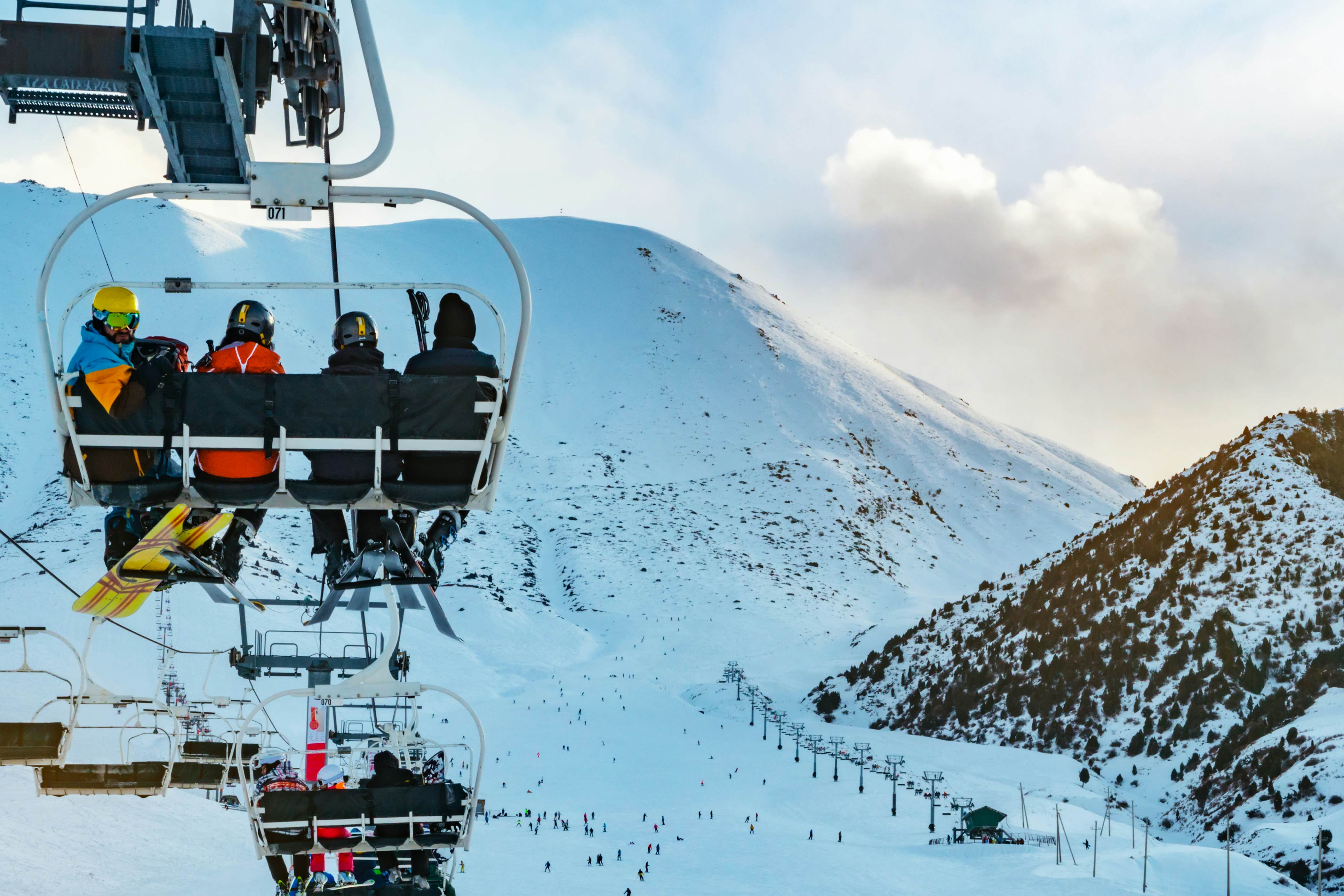
December and January are perfect for winter sports
The weeks on either side of the New Year holiday are typically one of the most expensive periods to travel in Kyrgyzstan, as limited accommodation options in popular ski destinations book out completely, driving prices up. Travelers from surrounding Central Asian states and Russia are the main clientele, but with a bit of planning (and avoiding these peak dates) a winter sports holiday to Kyrgyzstan can represent fantastic value.
Karakol ski base is well-known as the country’s best and one of the top in Central Asia, but local suppliers also offer a range of options for cross-country skiing, snowshoeing and ice skating. Further afield, the ecotourism hub of Jyrgalan is internationally renowned for freeride cat skiing. In the mountains surrounding the two, several ski-in winter yurt camps offer all-inclusive, five- to seven-day packages that often book up a year or more in advance.
Closer to Bishkek, the best of Chuy Valley’s ski bases are at ZiL and Chunkurchak, while in the south of the country, the walnut forests of Arslanbob are a popular place for horse-skiing – tow-rope ascents pulled by horses to fuel freeride descents on a wide variety of slopes. However, smog-smothered Bishkek regularly ranks among the most polluted cities in the world during winter, so don't linger too long in the capital during this period.
Winter is also the best time to watch authentic village games of kok boru, as rural communities that have a respite from the demands of agriculture and animal husbandry often organize matches for local celebrations. It’s a rare winter weekend that doesn’t see a match within driving distance of any major city, and it’s common to catch one in progress just off the highway in between destinations. Stop by to watch, and there’s every possibility you’ll be invited to saddle up yourself.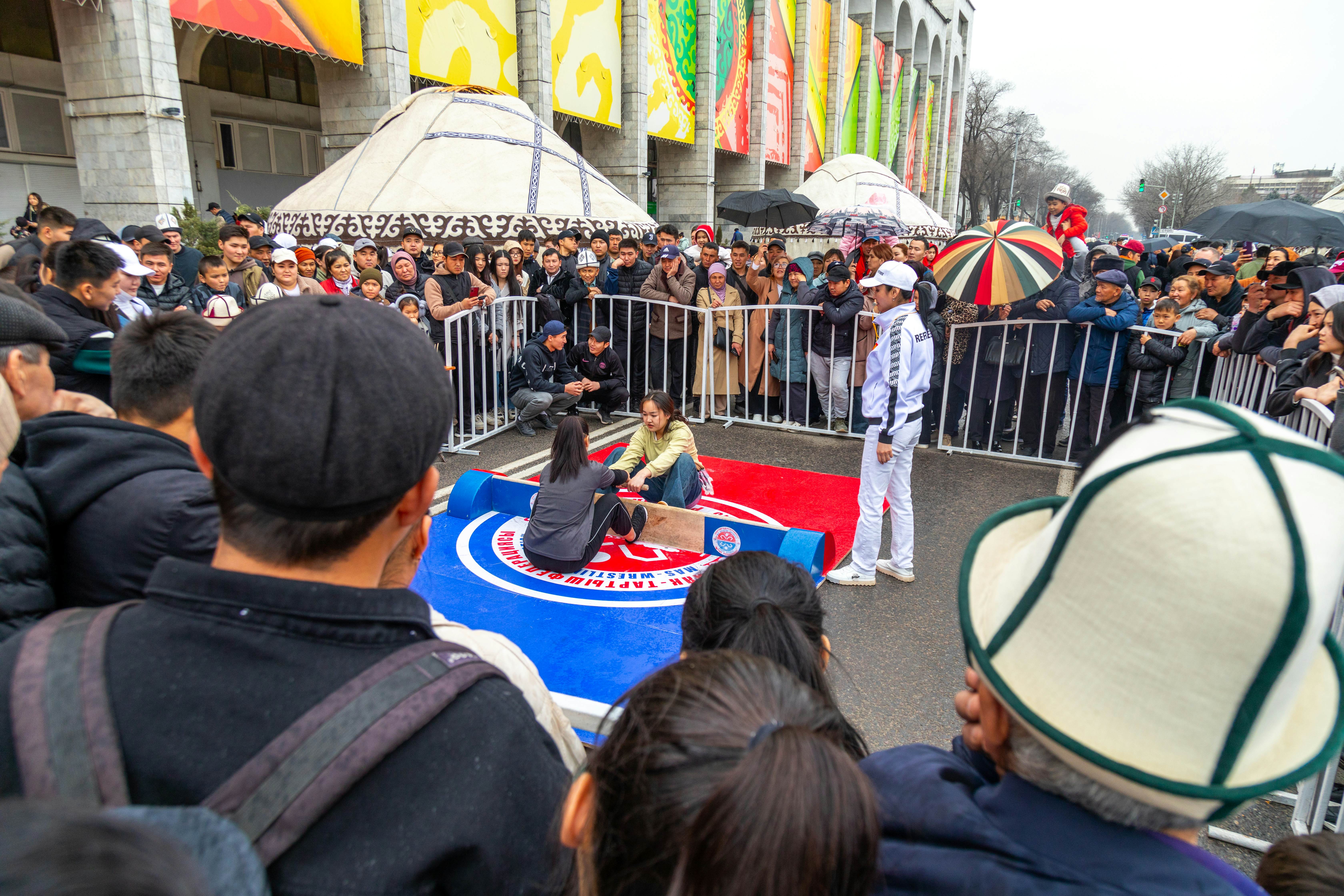
Shoulder seasons are for fall foliage and local festivals
Both of Kyrgyzstan’s shoulder seasons hold real travel appeal, with October and November the more popular of the two for fall foliage – especially large swathes of poplar that dramatically change from green to golden as temperatures drop. Autumn also means unpredictable weather, which could equally mean t-shirt weather in the Issyk-Kol sunshine or endless days of clouds and rain.
It’s worth keeping backup plans in mind for this period, whether that’s a last-minute booking for one of Karakol’s numerous culture-focused food tours or tickets to budget-friendly opera and ballet performances in Bishkek. Accommodation prices also tend to be the lowest in this period, with popular glamping properties often offering discounts to entice visitors despite the chance of wet weather.
Spring’s thaw sees more cultural events, most famously Nooruz (Navrus, traditional New Year celebrations with roots in Zoroastrianism and the spring equinox). This nationwide celebration is marked by guests sitting down to overflowing tables of food and, in Bishkek, citywide festivities with concerts and fireworks around the main square on March 21st. In late April the city moves to a more modern beat at the Bishkek Jazz Festival, hosted annually on the weekend nearest to International Jazz Day on April 30th, with a surprisingly diverse mix of artists from the Central Asia region and beyond.



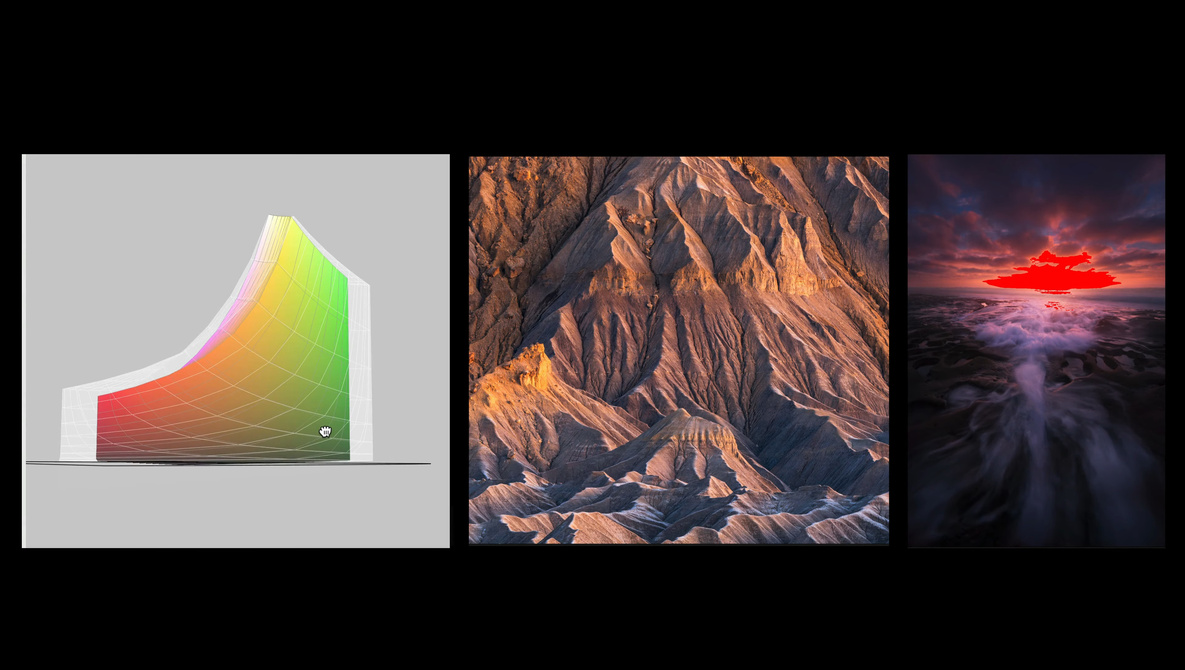





























































-Baldur’s-Gate-3-The-Final-Patch---An-Animated-Short-00-03-43.png?width=1920&height=1920&fit=bounds&quality=70&format=jpg&auto=webp#)










